- Home
- slideshows
- miscellaneous
- Hold on to your current smartphone for as long as you can
Hold on to your current smartphone for as long as you can
Apple shocked the world in 2017 when it unveiled the iPhone X.

But people were more shocked by the phone's starting price of $1,000, than by its radical redesign.
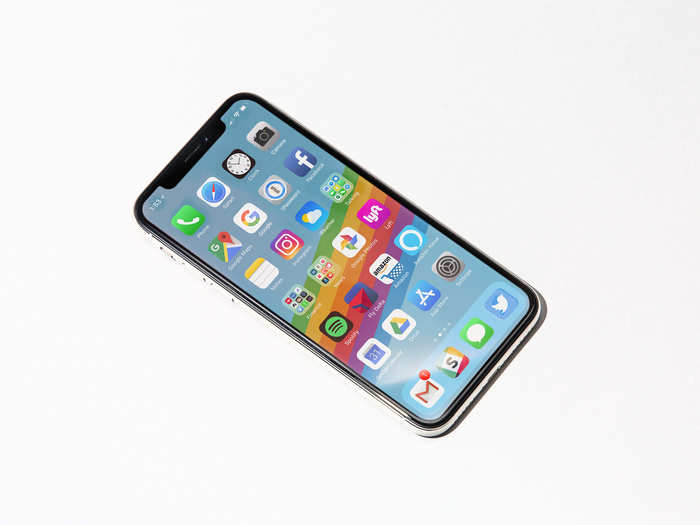
Still, Apple's strategy worked: Customers loved the iPhone X, despite it having a higher starting price than ever before.
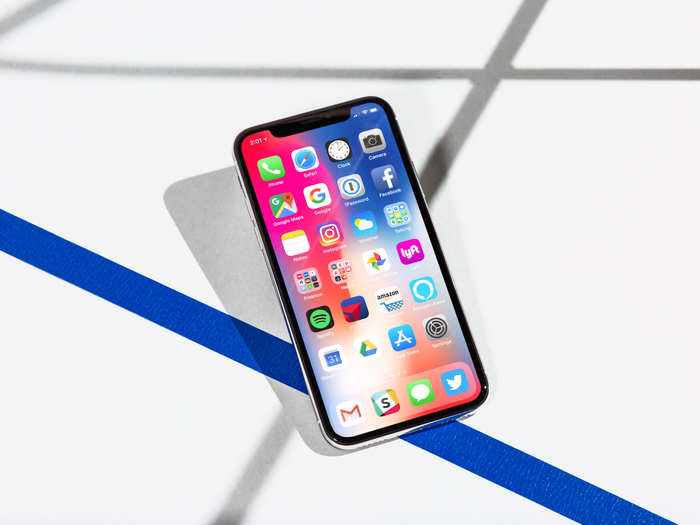 Customers loved the iPhone X, despite it having a higher starting price than ever before.' layout='fill' objectFit='cover' loading='lazy' width="700" height="400"/>
Customers loved the iPhone X, despite it having a higher starting price than ever before.' layout='fill' objectFit='cover' loading='lazy' width="700" height="400"/>
We also know that Apple's strategy worked since so many phone makers followed suit the following year, overhauling their phones to look like, and cost about as much as, the iPhone X.
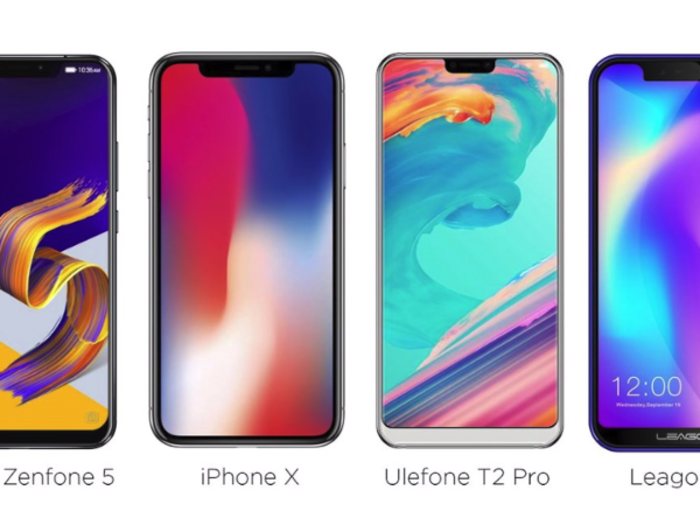
Google's Pixel 3 XL features a "notch" like the iPhone X, and starts at $900.
LG's V40 Thinq also looks like an iPhone X, and has a similar starting price of $950.
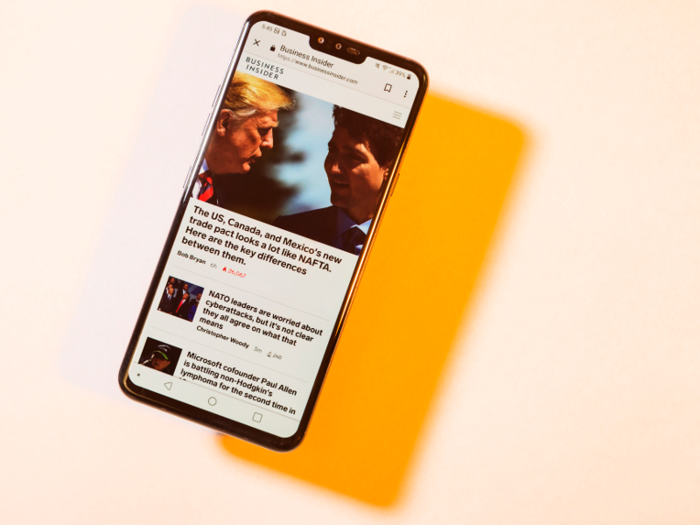
Samsung's Galaxy Note 9 notably doesn't look like an iPhone X, but it does have the most iPhone-like starting price of $1,000.
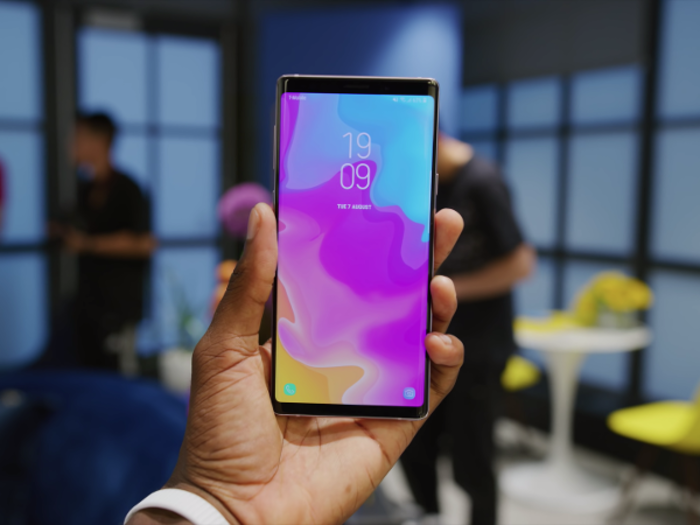
Following Apple's smartphone strategy is nothing new. Apple has inspired the industry countless times, so it shouldn't be surprising to see rival phone makers hike prices to stay competitive with the iPhone.

The side effect, though, is that many of the most popular smartphones you can buy right now have very high starting prices.
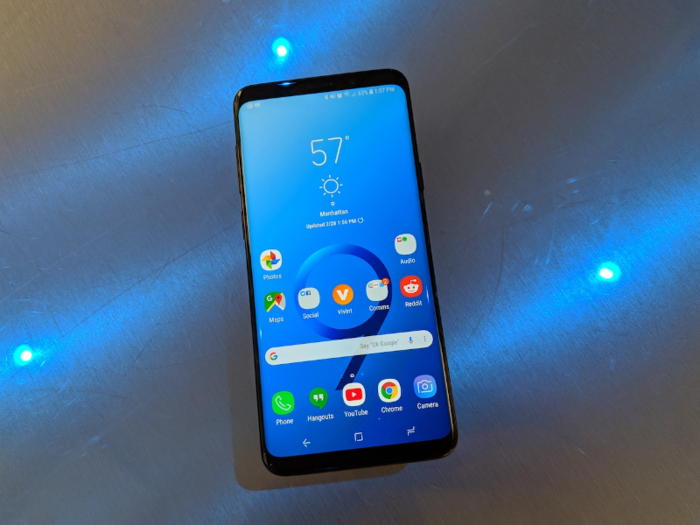
Phone makers would argue that higher prices are justified: Since current smartphones perform better, look better, and feature more expensive components than before, they should be priced higher, too.
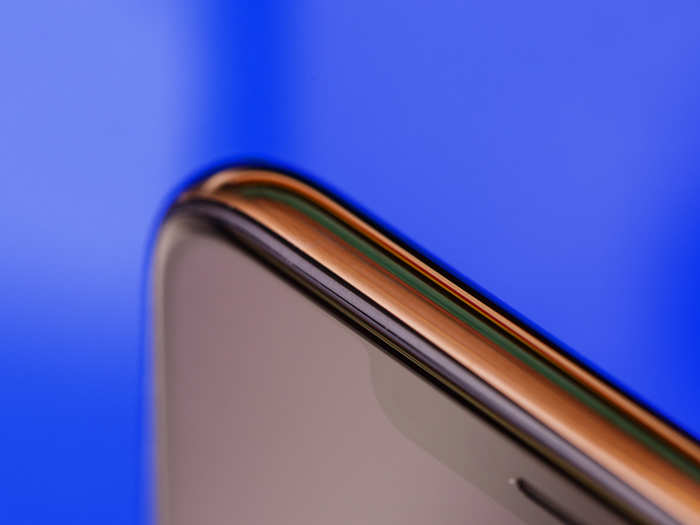
But not all smartphones are priced this way. In fact, you can find plenty of incredible phones at more than reasonable prices.
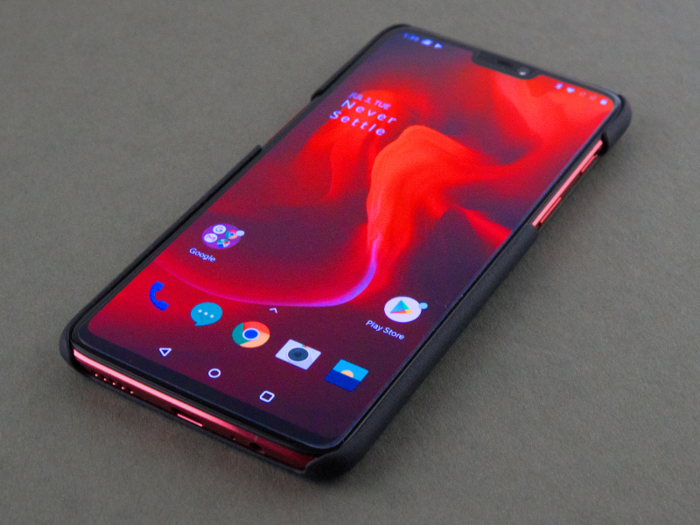
The best example is easily the OnePlus 6T, a top-of-the-line smartphone that costs just $550.
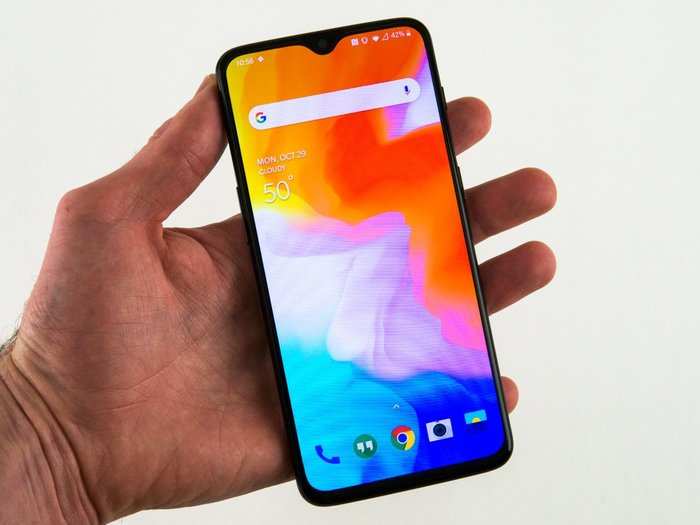
The Moto G6 also features everything you need in a smartphone, including a solid camera, a big display, great battery life, and even fast charging. The price? Just $250.
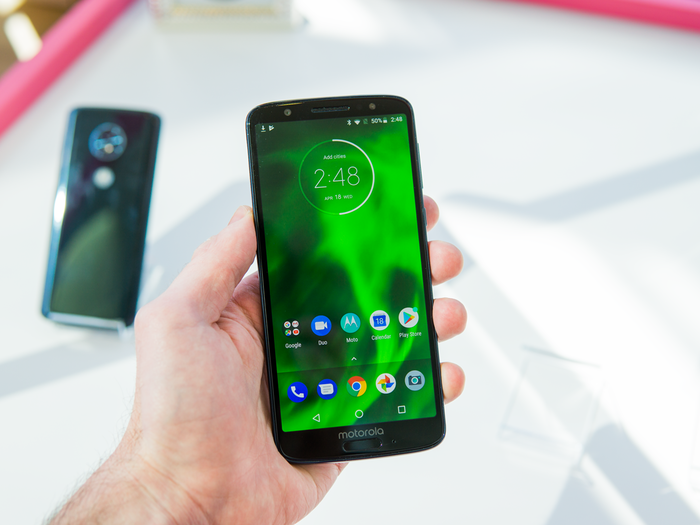
So, it's possible to have a great smartphone experience for less money — but most people will continue to buy from the bigger phone makers anyway.
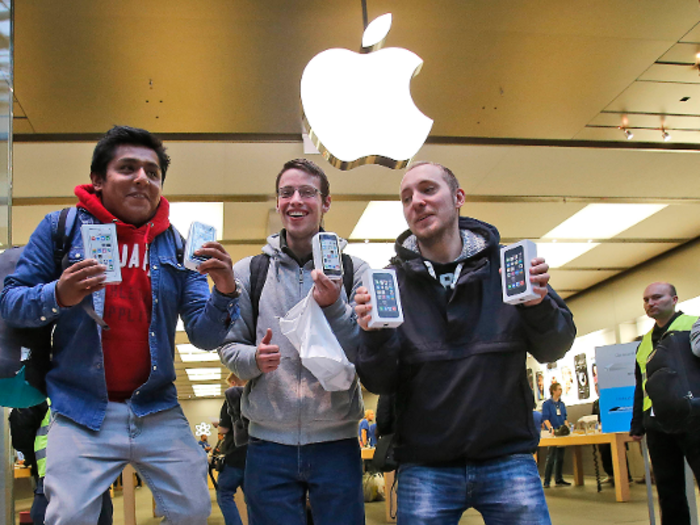
Aside from the fact they usually have more money to spend towards marketing, bigger companies tend to provide better customer support and more timely software updates. Availability matters, too, and those top phones are usually available in more locations.

So, if you already own a phone from one of the big names — Apple, Samsung, Google, etc. — try to hold onto it for as long as you can. If you upgrade to one of the latest phones from any of these companies, you'll likely pay more than you ever have for a new smartphone.
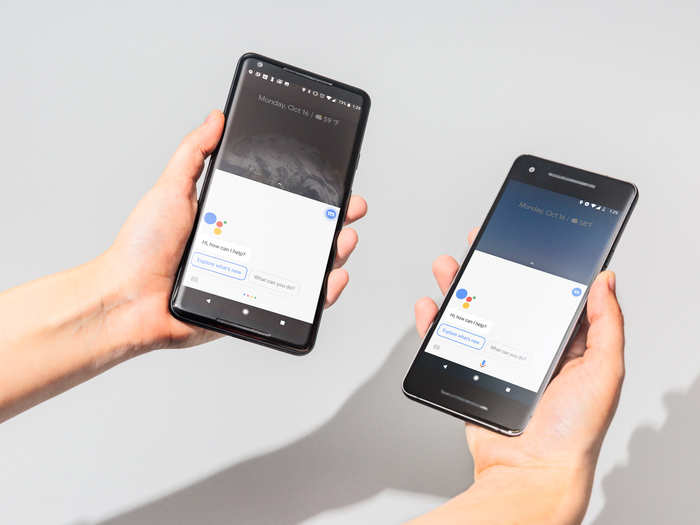
If you absolutely need a new smartphone right now, consider it an investment. You can spend less money up front for a great phone like the OnePlus 6T, or you can splurge for a flagship smartphone from Apple, Google, or Samsung — but you'll likely need to spend more money to adequately protect your purchase.
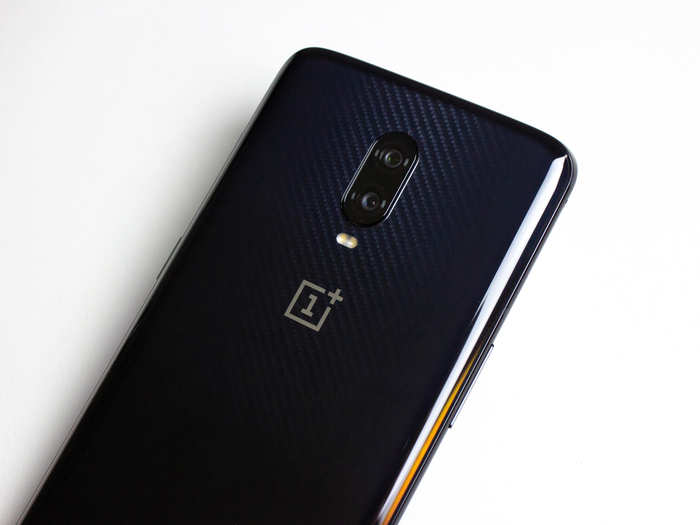
So, do the little things to make your current smartphone last as long as it can. Preserve your phone's battery by monitoring screen brightness and various power settings. Get a case, and insurance, in case you drop it. Treat it like a computer, because it is one!

You should only really upgrade to a new phone right now because you need to. There aren't many "must-have" features in the latest phones to make them worth the price of upgrading.

Today's phones have more pixels than your parents' TV, last all day long, and they're still thin enough to fit in your pocket. But smartphone innovation is maturing.
"Wow" innovations, like the Retina display or fingerprint sensor, are fewer and farther between.

This means next-generation smartphones usually aren't all that much different, or better, than the current phones. The iPhone 7, for example, is still a killer device three years later in 2019.
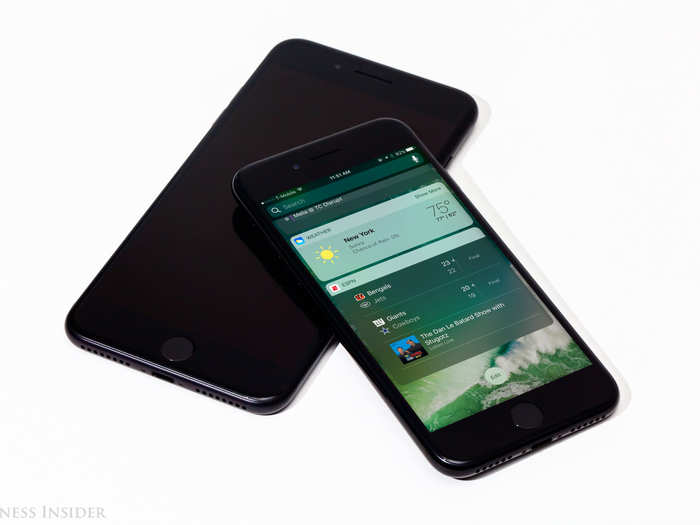
Smartphone makers will continue pushing the boundaries of what's technologically possible — they have a business to maintain, after all — but price is one thing that customers have some level of control over.
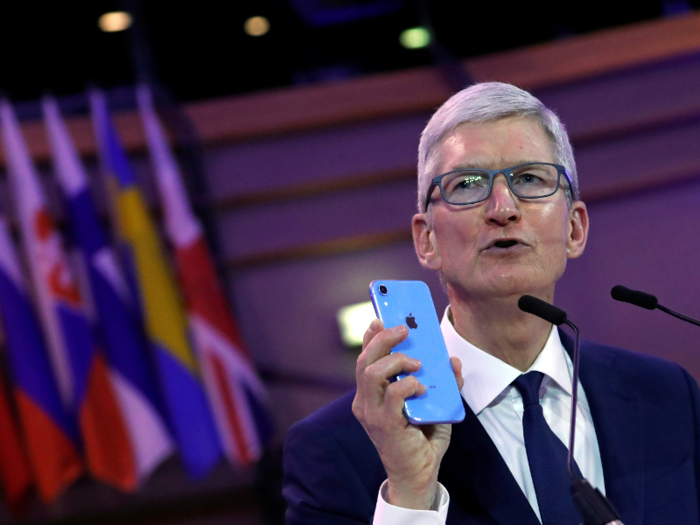
So, if you don't agree with the pricing tactics of smartphone makers, the most powerful thing you can do is vote with your wallet. Get a phone from a lesser-known maker, or hold off on upgrading entirely.

Starting around 2011, I used to upgrade to a new phone every single year. Smartphones were getting drastically better, and it was fun to experience the annual hardware and software advances first-hand. But given the recent price hikes across the most popular smartphone lines in 2018, I'm holding on to my current smartphone for as long as possible now. I recommend you do the same.
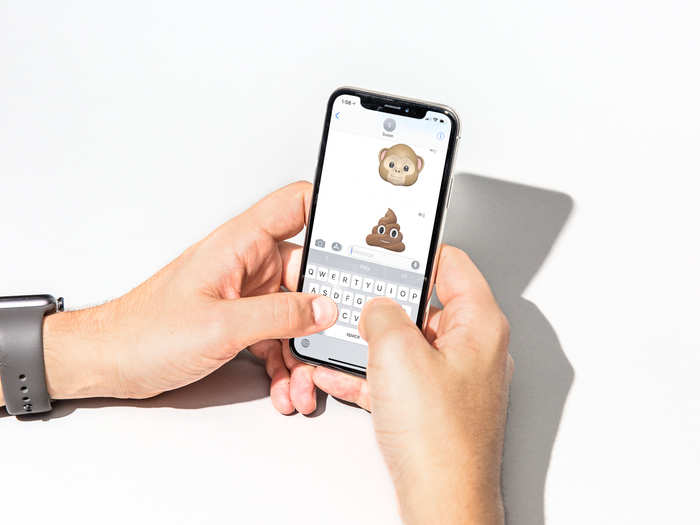
Popular Right Now
Popular Keywords
Advertisement